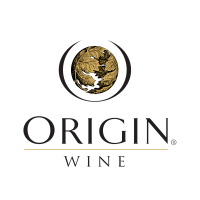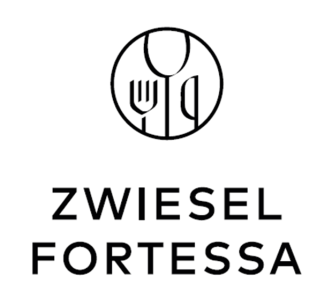Rioja is changing. While consensus over the region's future direction - a breakaway movement of growers petitioned for a standalone appellation in 2016 - has long since collapsed, there remains a unifying thread in Rioja circa 2025.
Today, producers – both large and small – are grappling with the combined pressures of climate change, declining consumption, and evolving consumer tastes. In 2024, Marqués de la Concordia Family Wines (MCFW) and Bodega Melquior were declared insolvent, and more than 90 smaller wineries have shut their doors in recent years. If Rioja is to remain relevant in a fast-moving age, it must adapt to survive.(1).jpg)
But what will this change look like? For modernisers such as Telmo Rodriguez, Rioja needs to realign its focus towards single vineyards and marketing terroir. This cultural shift, its advocates argue, will give consumers what they desire: a sense of place. "It is Burgundy that makes us dream, especially if we know the vineyard name like Musigny; a small production wine can become a myth - look at single-site wines like Las Beatas," he enthuses.
Yet not everyone in the trade is convinced this approach will deliver real commercial returns.
"In my experience, the traditional sphere still commands loyalty from wine lovers," says Peter Mitchell MW, wine director at Jeroboams.
"We have listed various modern styles, often labelled outside of the traditional ageing classifications and they have not sold well. The traditional style still holds sway with the majority of consumers and I suspect that all but the most engaged are not really aware of the modern/traditional bifurcation."
New avenues
Nevertheless, the broadening of Rioja's offer has been welcomed by buyers across the globe. Exports of white Rioja and rosé are on the rise – the former can be a seductive alternative to white Burgundy when fruit quality and winemaking align. In 2022, Bodegas Roda launched a new white cuvée - Roda I Blanco - while CVNE reintroduced a white label, Monopole Gran Reserva, in 2021 after a long hiatus. So is the future white?
"We are finally seeing renewed interest in white Rioja. We work exclusively with small parcels of old, low-yielding vineyards in Rioja Alavesa," explains Andreas Kubach MW, co-founder and MD of Peninsula Vinicultores.
"While Viura (a native white grape) has a well-known affinity for oak ageing, we have chosen a different path - fermenting and ageing our wines mostly in concrete tanks, with only a small portion in larger oak vessels."
He believes this elegant, more "Chablis-esque expression of white Rioja" is helping the brand to connect with a new audience of wine lovers worldwide.
"We now produce over 300,000 bottles of white Rioja at Nivarius," adds Borja Larocca, international sales director at Vinos de Finca Palacios. "We will expand production when we find suitable, quality vineyard sites that are available to buy."
Meanwhile, viticultural and vinification techniques continue to evolve. Sustainability and adapting to climate change are also taking centre stage in the debate about Rioja's future - the region suffered from a record-breaking drought in 2022. Yet paradoxically, many winemakers are chasing lighter, fresher styles – a concomitant of shifting consumer priorities.
"The trend is definitely toward fresher, fruitier wines with less alcohol and structure," agrees Raúl Tamayo, winemaker at Nivarius.
He continues: "Rioja must look to youth. It must offer fresher wines which are easier to drink. At Palacios Vinos de Finca we have been following this path for many years, especially with our Garnacha wines. At the same time, it is true that Rioja is also a land of great white wines. The weather and exceptional soil conditions, together with unique varieties, mean that the future of Rioja is also written in white."(1).jpg)
According to José Urtasun, owner of Remirez de Ganuza, liberalisation of the production rules has encouraged a greater number of growers to release their own labels, rather than sell their fruit to large bodegas.
"Personally, I love this movement because it's the only way to preserve old vines from volume producers that are encouraging growers to remove their old low-yield vines and substitute them for more productive clones and younger vines," he says.
"The rise of the grower label is a good thing; diversity and heterogeneity give value to the market and to consumers," adds Pablo Martinez Uriguen, winemaker at Bodegas Eugren Ugarte.
"However, I don't think we should exaggerate the impact this is having. Small producers obtain well-deserved recognition, although at the expense of the protagonists of more traditional wineries that are also making this style of wine. It seems that right now, small is better."
Internal schisms
Martinez Uriguen reminds us, lest we throw the baby out with the bathwater, that Reservas and Gran Reservas - the cornerstones of Rioja's blending culture – still retain a strong global following.
Indeed, long-aged, well-made Rioja can offer enormous pleasure without the Bordeaux price tag: a velvety concoction of fruit and old leather. Yet this cuts no ice with Andreas Kubach, who argues that the oft-cited dichotomy between "modern" and "traditional" Rioja is a false one.
"I don't buy the lazy argument from some in the trade that the consumer expects Rioja to taste of oak or long ageing. What wine lovers truly expect from us is to deliver a great glass of wine - one with personality and a sense of place," he says.
"As the conversation moves beyond outdated binaries of 'traditional' versus 'modern' Rioja, the reality is that different generations and expressions already coexist. We are at a crucial and fascinating moment in Rioja, as the region finally begins to articulate its diversity - offering not only excellent wines of style, but also wines of place, capable of expressing its landscapes, villages, and vineyards in the glass."(1).jpg)
Yet for all the optimism surrounding Rioja's evolution, the region remains divided. Nowhere is this more apparent than in the push for independence in Rioja Alavesa, where producers sought formal recognition for a new designation: Viñedos de Álava. Their bid – driven by frustration over identity and governance – is emblematic of the broader schisms that run through Spain today. However, what Rioja arguably needs most is not another appellation, but a unified commitment to a shared vision – one that transcends stylistic camps.
Unfortunately, the old proverb still rings true: "three Spaniards, four opinions." For now, Rioja is anything but a united front.

A new wave
As Rioja faces unprecedented challenges - both natural and man-made - producers are going full throttle on diversity.
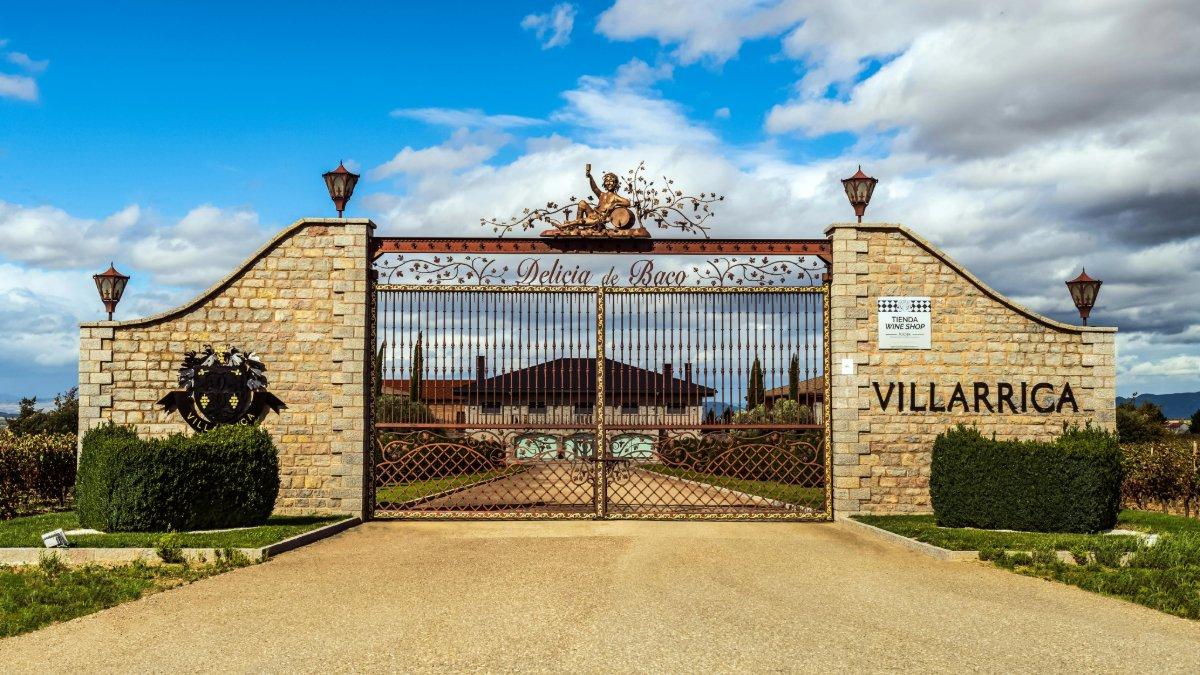
Rioja looks to the future





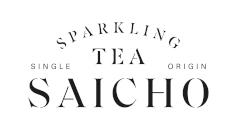




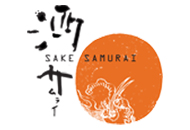
.png)



